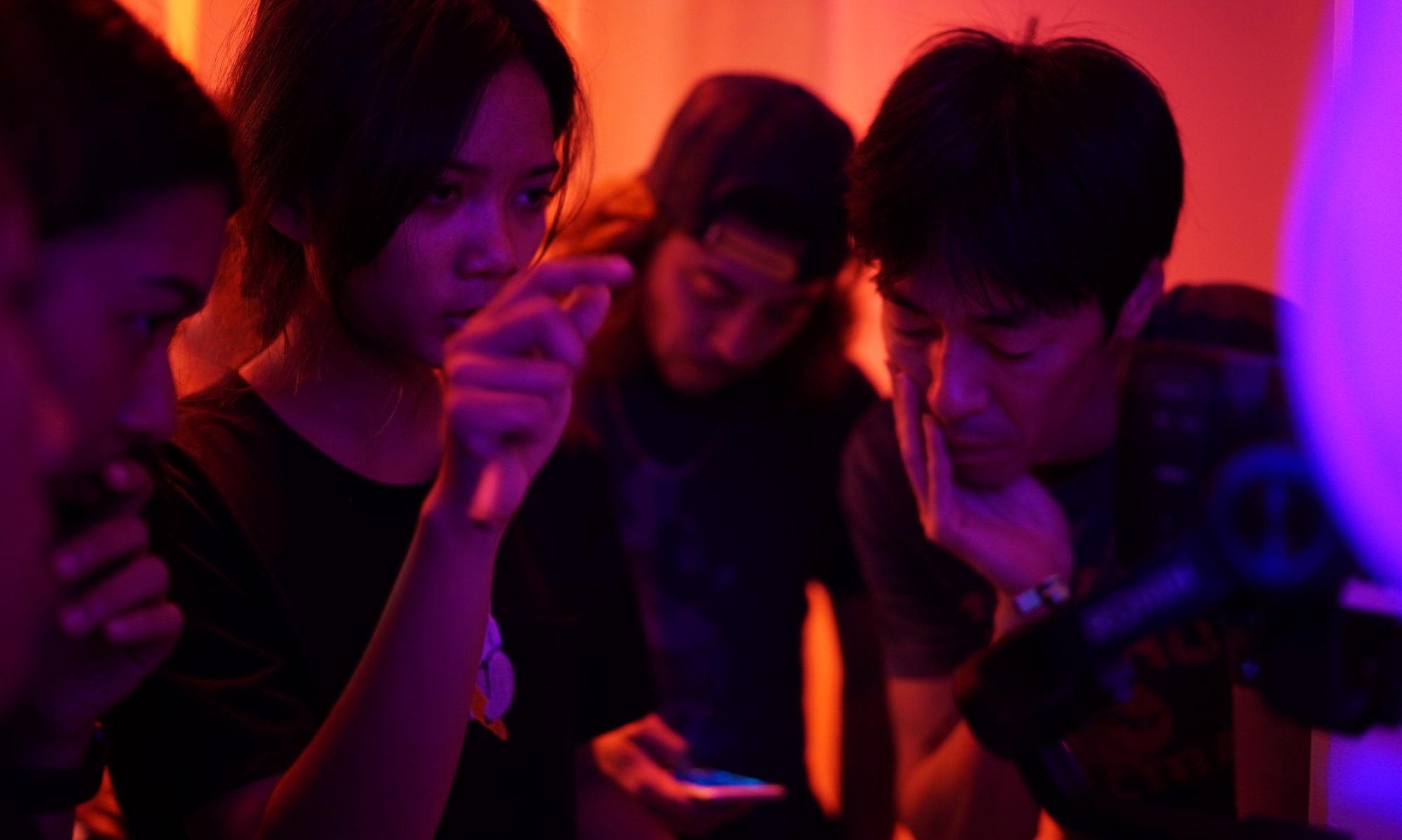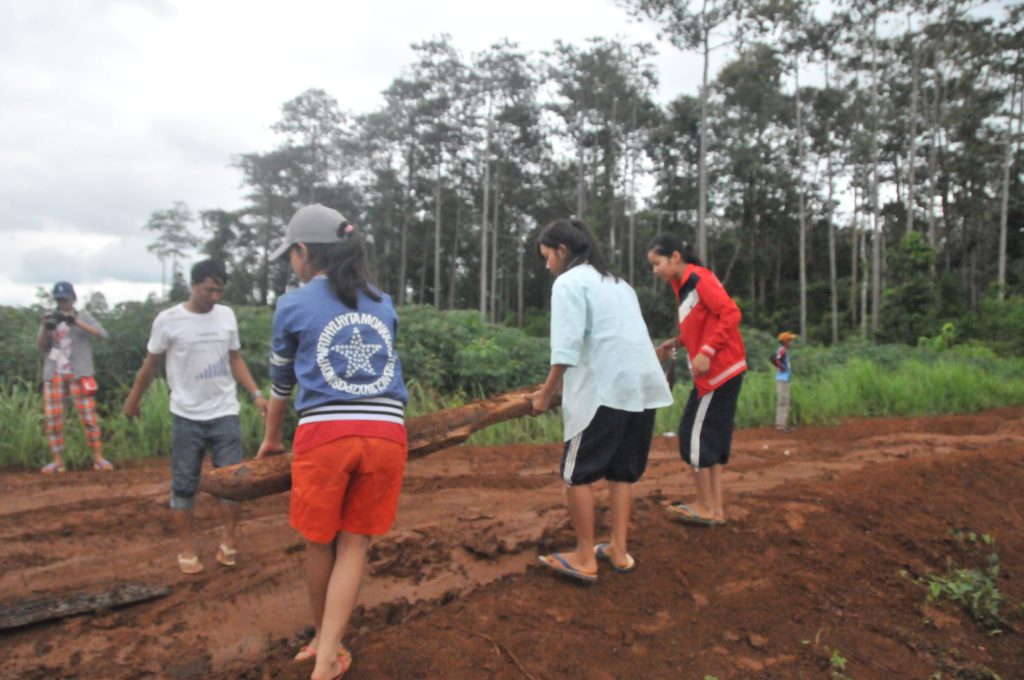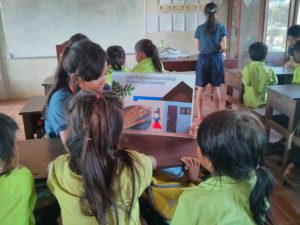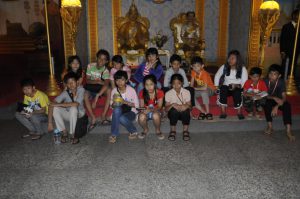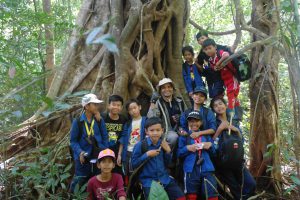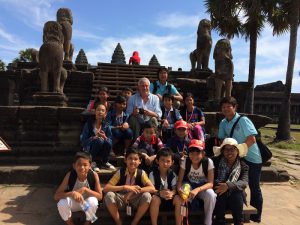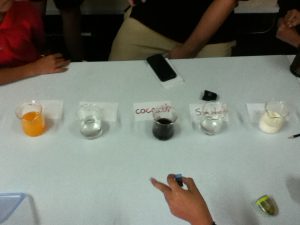Name of course: Phnong Indigenous Minority
Learning Facilitator: Phearun, Jaime
Number of students: 11
Course Description:
Our group have been working hardly to reach the group intention which is to publish a photo book that show about Phnong indigenous minority in Cambodia, especially over to the southeastern of Cambodia. Our whole group went to visit Phnong community and asked many questions to the people at the community there. To get information there are some challenges that we faced. On the way to a community at Mondulkiri it was slippery and muddy. We didn’t know anything about the road condition, so we drove our big bus there and our bus got stuck, so came out the bus and help each other to get the bus out. We couldn’t. The people are so kind to us there. When they see that our bus was stuck they came and help us. This was a trip that makes me feel that how important it is when you help someone when they need help.
